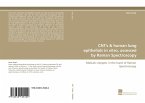The membrane associated flavoenzyme sulfide:quinone oxidoreductase (SQR) has been essential in the early stages of life on Earth, when the organisms had to survive high sulfide concentrations in the environment. Interestingly, it has been successively conserved in many species belonging to all three biological domains, and also in humans, revealing that its activity in the cells is still crucial nowadays. In particular, SQR is involved in sulfide detoxification, in sulfide-dependent respiration and photosynthesis, in heavy metal tolerance and in the regulation of sulfide homeostasis in higher eukaryotes, where sulfide has recently been discovered to act as a neurotransmitter. However, despite its high microbiological and medical relevance, SQR had remained poorly characterized until now, so the understanding of its function was limited. This book describes the SQR from the hyperthermophilic bacterium Aquifex aeolicus in a detailed structural, biochemical and functional perspective, thereby offering for the first time a deep insight into its intriguing but complicated enzymatic reaction.

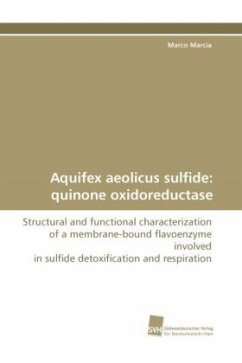
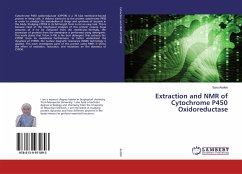

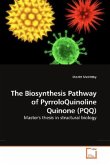
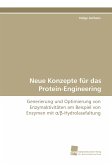
![Molecular Background of Oxygen Sensitivity in [FeFe] hydrogenases Molecular Background of Oxygen Sensitivity in [FeFe] hydrogenases](https://bilder.buecher.de/produkte/34/34228/34228587m.jpg)
